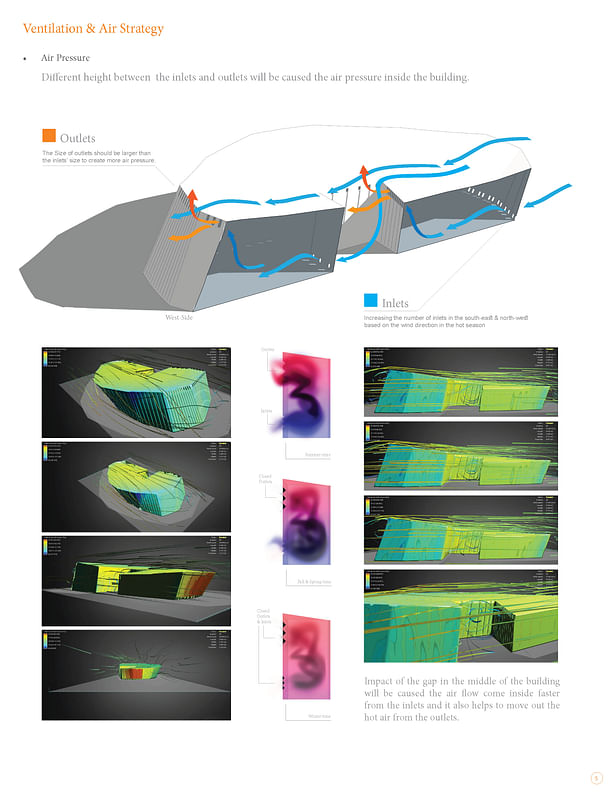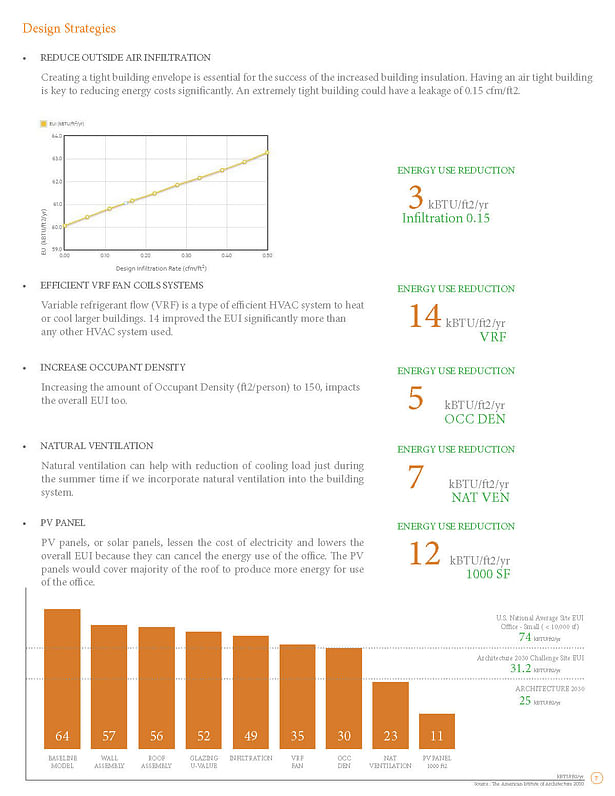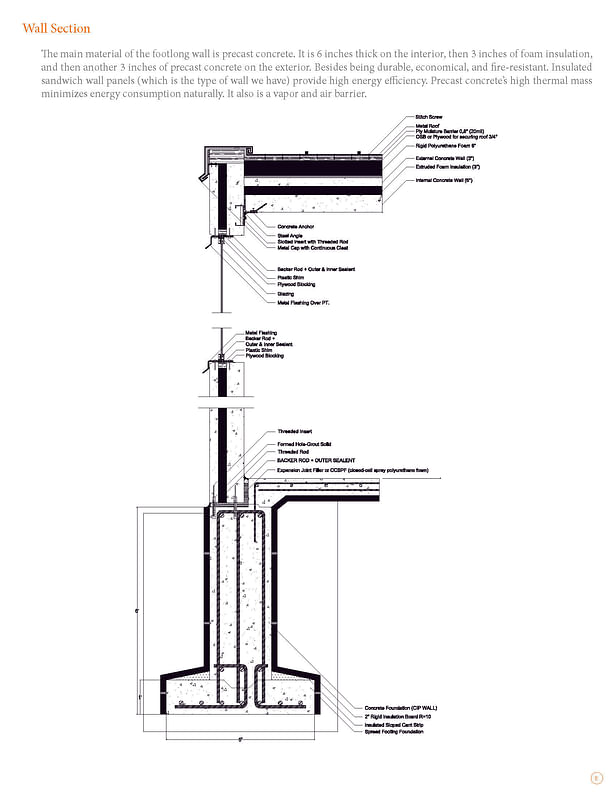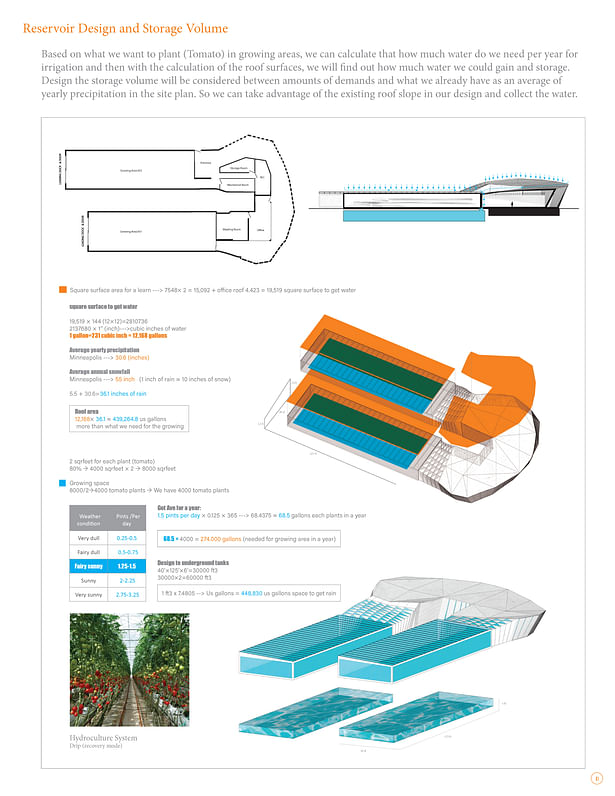
The primary strategy is adopting an efficient building form to avoid heating and using the maximum northern light instead of other directions. The building has shaped based on the sun's movement path from the east side to the west side, and during this movement, three main factors will be changed: the number, size, and angles of openings (Windows).
Status: School Project
Location: McKinley, Minneapolis, MN
My Role: Designer








